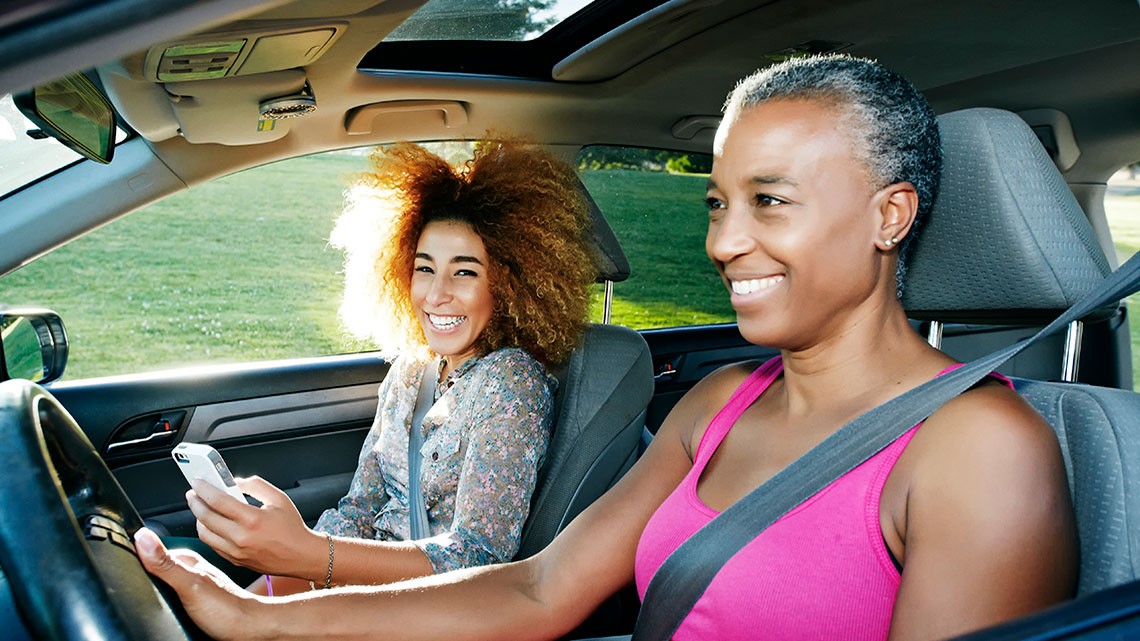Staying Fit
Today’s cars are loaded with bells and whistles. You might find the pings and chirps annoying, but behind the sounds are a lot of surprising features and options. Some make driving safer and less stressful. Others might solve some tricky problems — tight parking spaces and power outages are on that list.
Features are often so numerous that dealers might not have a chance to show new owners where they are or how they work (and they might not know themselves). So here are nine things you might not know that new vehicles could do.


AARP Membership— $12 for your first year when you sign up for Automatic Renewal
Get instant access to members-only products and hundreds of discounts, a free second membership, and a subscription to AARP the Magazine.
1. Digital key sharing
Even the simplest task — unlocking your car — has gone high-tech. Digital keys use your smartphone to unlock the car. Using an app from the automaker, your phone acts as the key fob. Some systems require that the phone touch the car door handle, but then you can drive off without the need for a traditional key.
Better still, you can send or share digital keys remotely. If one of your kids needs to borrow your car, but you’re not home to give them the keys, no problem. You can send a digital key to another user’s smartphone so they can operate the car. You can even set a time or date limit on the key, so no one can “borrow” your car later. Digital keys with a variety of features, and in some cases monthly subscription charges, are available from Hyundai, Volvo, BMW and many others.
2. Hands- and feet-free driving
Autonomous or self-driving cars for the masses are still a ways off, but the next best thing is available for some: hands- and feet-free driving. Cadillacs were the first vehicles to offer the feature, which General Motors calls Super Cruise. Drivers can choose to let the vehicle take control on more than 400,000 miles of specific highways that have been mapped using high-resolution LiDAR (Light Detection and Ranging) systems. GM’s version is available as an option on models ranging from the Escalade SUV to the tiny Chevy Bolt EUV. It only works in the U.S. and Canada but not on city or suburban streets. The driver still has to pay attention (an infrared camera checks that you’re not distracted), but Super Cruise, although limited, definitely helps reduce driver fatigue on long road trips.
Similar to GM’s Super Cruise is Ford’s BlueCruise. It’s a newer system that covers fewer miles of highway. There’s also the much-hyped Tesla Autopilot; however, Tesla’s system, like many others, requires that drivers keep their hands on the wheel at all times.







































































